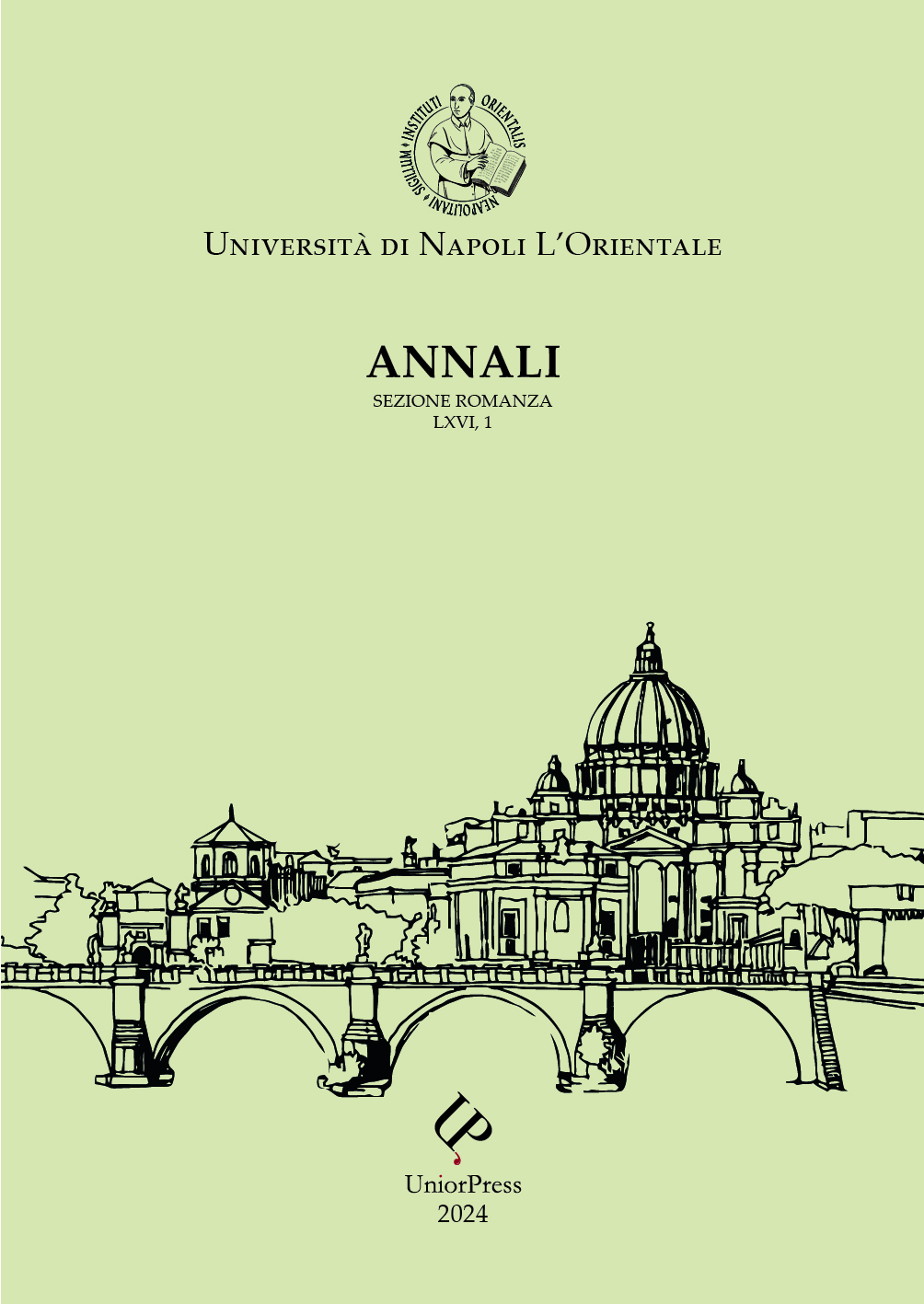Neosemie e “neosemie sui generis” registrate nel vocabolario Zingarelli
Abstract
L’articolo prende in esame le neosemie, che, insieme ai neologismi semantici, in passato erano state relegate ai margini della ricerca linguistica, concentrata sui neologismi sintattici (Cortelazzo 2000; Dardano 1993). Dopo aver esaminato le voci registrate alla lettera “A” in alcuni rappresentativi repertori di neologismi, abbiamo constatato che le neosemie sono sempre più tenute in giusta considerazione e citate anche da Adamo e Della Valle (2017) e da Cardinale (2021).
Dal punto di vista teorico, autori come De Mauro (2006), Lazzeroni (1998), Lombardi Vallauri (2010), Shukla e Connor-Linton (2008) hanno fornito importanti contributi utili all’analisi delle neosemie e, più in generale, al mutamento semantico del lessico. Questa impostazione teorica ha ispirato la costruzione di un corpus (Barbi 2018) ricavato da uno scavo lessicografico nelle edizioni del vocabolario Zingarelli comprese in un arco temporale di quasi mezzo secolo. Attraverso questo corpus abbiamo individuato numerose neosemie, che abbiamo suddiviso quantitativamente attraverso alcuni rappresentativi “limiti d’uso” (Cannella 2010). Il reimpiego del nostro corpus per la presente ricerca ha messo in evidenza alcune neosemie attinenti al limite d’uso “colloquiale” e riconducibili alla posizione di Coveri (1992). Inoltre, l’analisi del nostro corpus ha permesso di osservare quantitativamente le neosemie registrate nei limiti d’uso “figurativo” ed “estensivo”.
La presente analisi prende in esame anche alcune “neosemie sui generis”, le quali corrispondono a significati presenti nell’uso ma registrati nei vocabolari solo di recente. Questa particolare tipologia di neosemie segue la posizione di Marri (2018). Alcune di queste “neosemie sui generis”, che abbiamo segnalato ai lessicografi del vocabolario Zingarelli, sono state registrate nelle ultime ristampe di questo vocabolario.


